Sale!
Horizontal Pressure Kit
Original price was: KSh 10,000.00.KSh 8,000.00Current price is: KSh 8,000.00.
Horizontal Pressure Kit
Components
- Pressure Sensors/Transducers
- Data Logger
- Tubing and Connectors
- Mounting Mechanisms
- Control Interface or Software
- Power Supply
Features
- High Sensitivity
- Wide Range
- Real-Time Monitoring
- Environmental Resistance
- Customizability
Applications
- Geotechnical Engineering
- Pipeline Monitoring
- Structural Monitoring
- Fluid Dynamics
- Oil and Gas Exploration
- Environmental Monitoring
BENEFITS
- Improves operational safety by detecting anomalies in pressure early.
- Enhances accuracy in experimental and industrial settings.
- Reduces downtime by enabling predictive maintenance through constant monitoring.
- Adaptable for a wide range of industries and conditions.

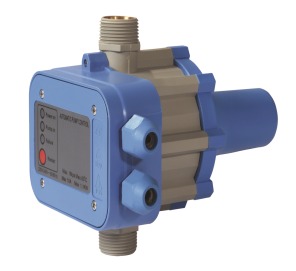
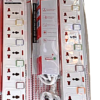
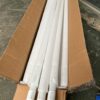
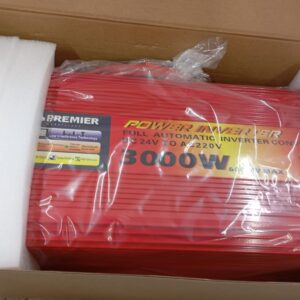
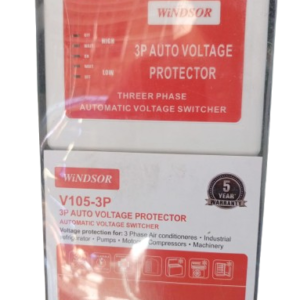
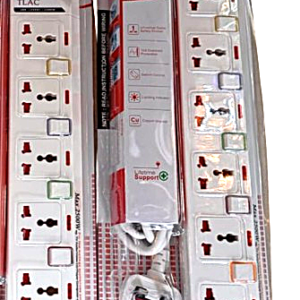
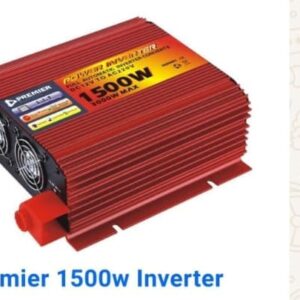
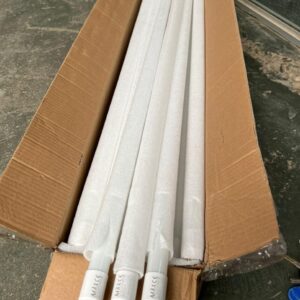
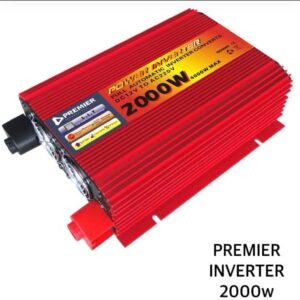
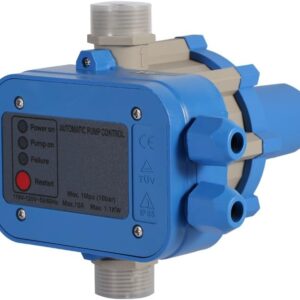
Reviews
There are no reviews yet.